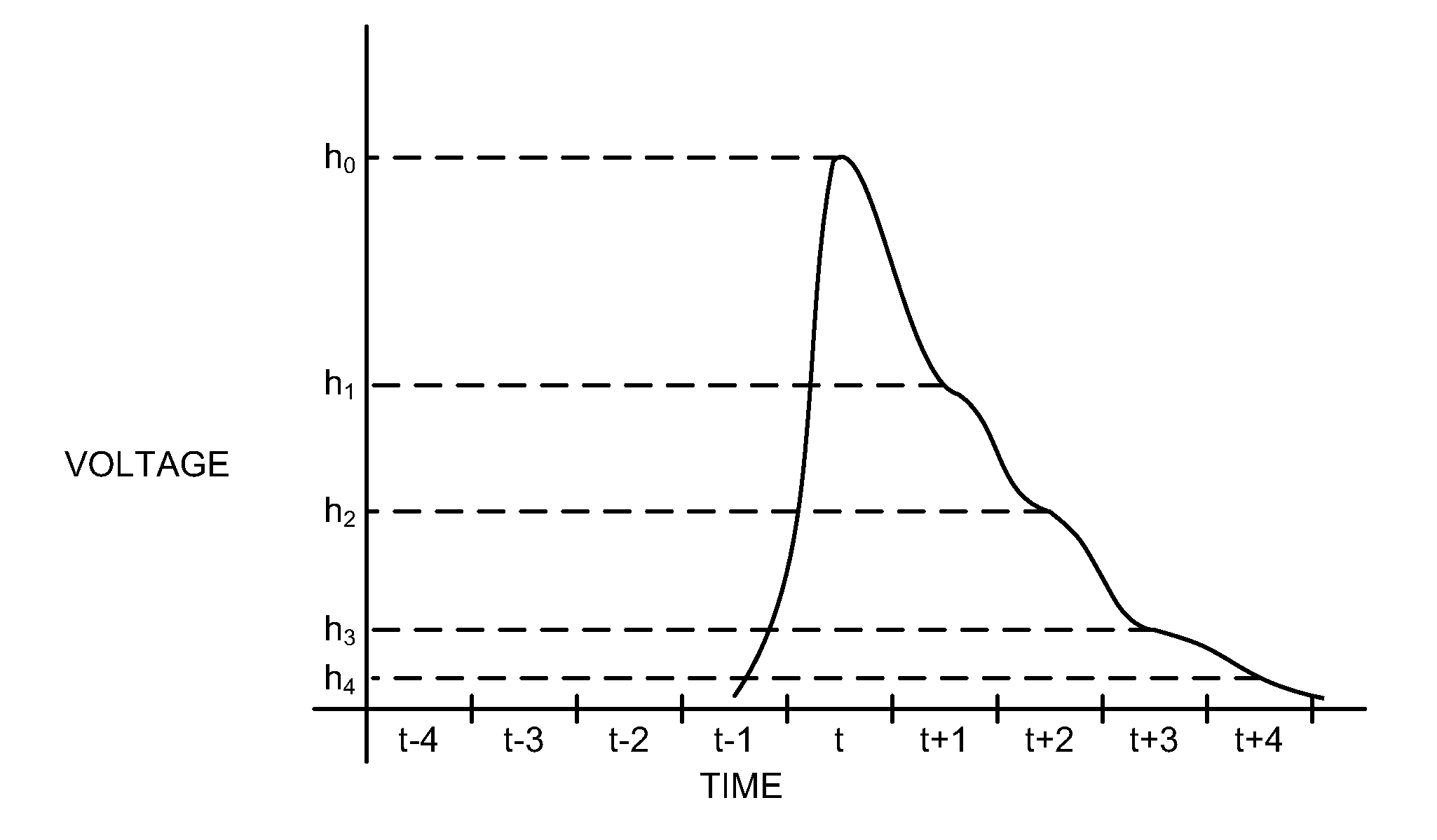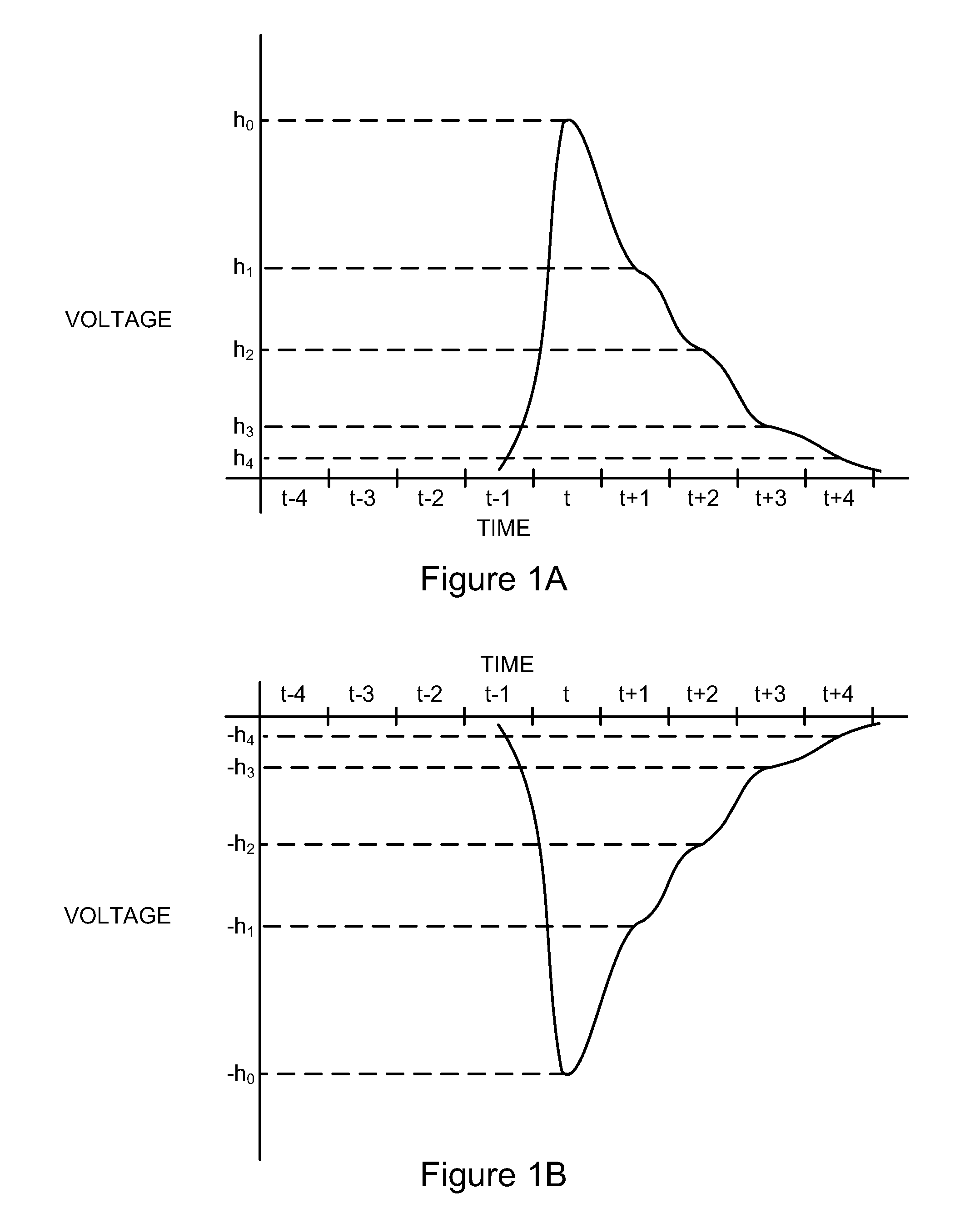Serial link voltage margin determination in mission mode
a technology of serial link and voltage margin, which is applied in the field of serial link voltage margin determination in mission mode, can solve the problems of disrupting the integrity of received signals in communications links, difficult for receivers to determine whether analog signals are received, and inability to achieve ideal results
- Summary
- Abstract
- Description
- Claims
- Application Information
AI Technical Summary
Benefits of technology
Problems solved by technology
Method used
Image
Examples
Embodiment Construction
[0027]This disclosure describes systems and methods for determining a voltage margin (or margin) of a SerDes receiver in mission mode using a traditional SerDes receiver. In mission mode the SerDes receiver receives a serial data stream from a SerDes transmitter and deserializes the serial data stream so that it can be transmitted as a parallel data stream. Determining a margin at the same time is done by time-division multiplexing a margin determination and a tap weight adaptation onto the same hardware (or software, or combination of hardware and software). In other words, some parts of a SerDes receiver (e.g., an error slicer and an adaptation module) can be used for two different tasks at different times without degrading the effectiveness or bandwidth of the receiver. Hence, the disclosed systems and methods allow a SerDes receiver to determine the SerDes margin in mission mode and without any additional hardware or circuitry on the receiver chip.
[0028]To better understand how ...
PUM
 Login to View More
Login to View More Abstract
Description
Claims
Application Information
 Login to View More
Login to View More - R&D
- Intellectual Property
- Life Sciences
- Materials
- Tech Scout
- Unparalleled Data Quality
- Higher Quality Content
- 60% Fewer Hallucinations
Browse by: Latest US Patents, China's latest patents, Technical Efficacy Thesaurus, Application Domain, Technology Topic, Popular Technical Reports.
© 2025 PatSnap. All rights reserved.Legal|Privacy policy|Modern Slavery Act Transparency Statement|Sitemap|About US| Contact US: help@patsnap.com



